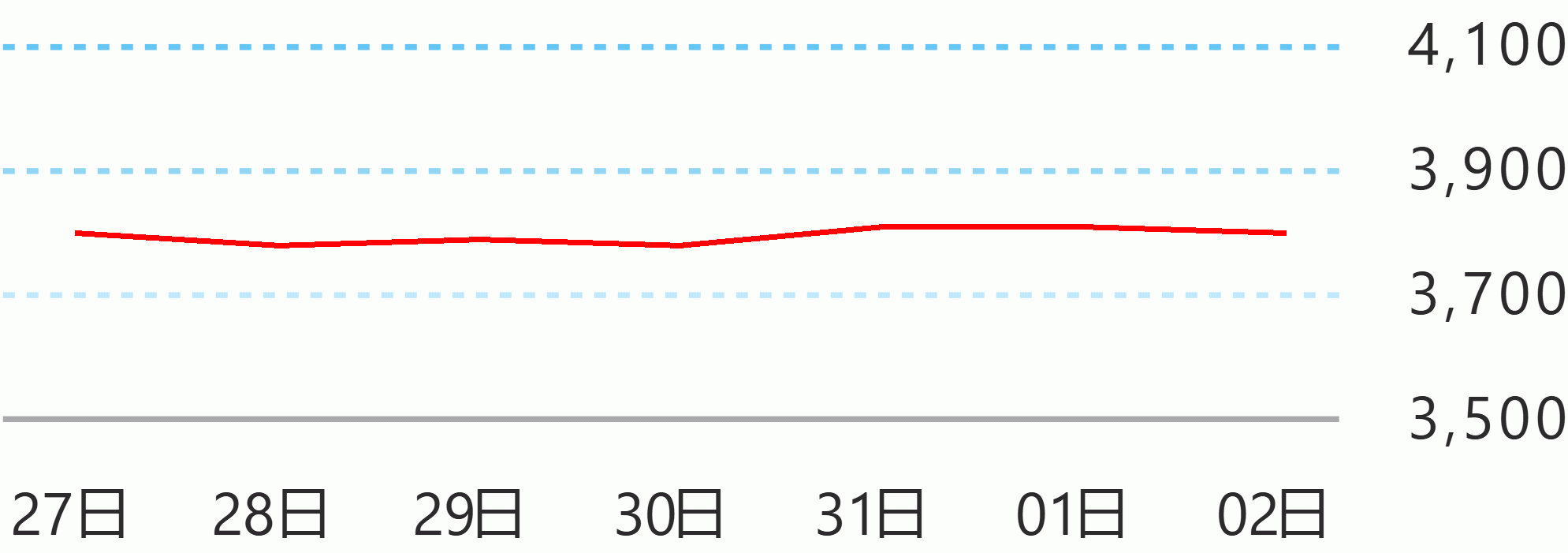Malacañang said on Wednesday that allowing the traditional jeepneys to ply the streets is "not in the immediate horizon" as the drivers who could be displaced might be tapped as contact tracers for those who have exposure to patients with coronavirus disease.
In a television interview, Presidential Spokesperson Harry Roque said it is difficult to impose social distancing inside a jeepney wherein passengers are seated facing each other.
"It's not in the immediate horizon because it's almost a physical impossibility to have social distancing when passengers face each other in a jeepney," he said when asked if the Inter-Agency Task Force for the Management of Emerging Infectious Diseases is considering to deploy jeepneys in areas under the general community quarantine like Metro Manila.
The IATF has allowed public transportation in areas under GCQ, except jeepneys, provided that they observe minimum health standards to prevent further spread of COVID-19.
But he said there are modern jeepneys, which can be deployed since the seating arrangement is similar to buses.
"I understand these kinds of modern jeepneys might be deployed sooner than later. The traditional face-to-face jeepney, out of the question for now," Roque said.
He said the government is considering alternative livelihood for jeepney drivers who could be displaced.
"There's a suggestion that they be employed as contact tracers because we do need about a 120,000 of them and there's only about 30,000 employed so far," he said.
Roque added that the government is also eyeing the complete reconfiguration of the jeepneys to comply with minimum health standards.
Even prior to the pandemic, the government has been pushing for the modernization of public transportation by phasing out old jeepneys.
But most jeepney drivers and operators have been opposing this, citing as one of the reasons the high cost of each unit. Celerina Monte/DMS





 English
English










